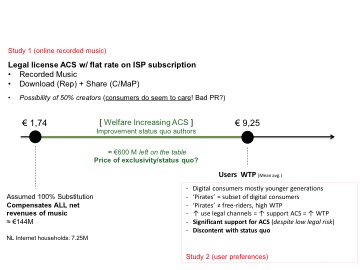The UK Consults on the Collective Rights Management Directive
By Jeremy Blum and Jade McIntyre, Bristows The EU Directive on the collective management of copyright and multi-territorial licensing of online music (“the Directive”), published on 26 February 2014, entered into force on 10 April 2014 and must be transposed into national law by 10 April 2016. The policy underpinning the Directive is part of…

